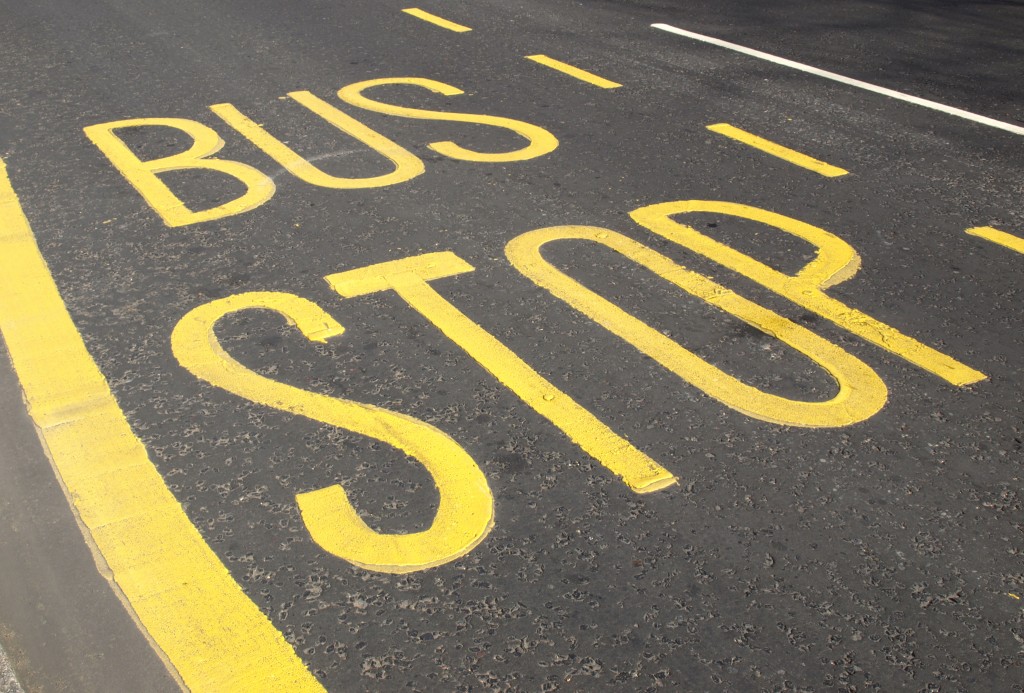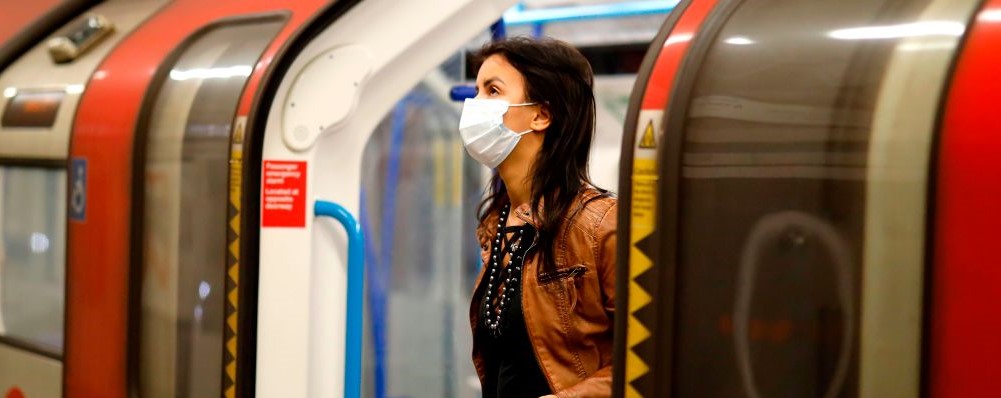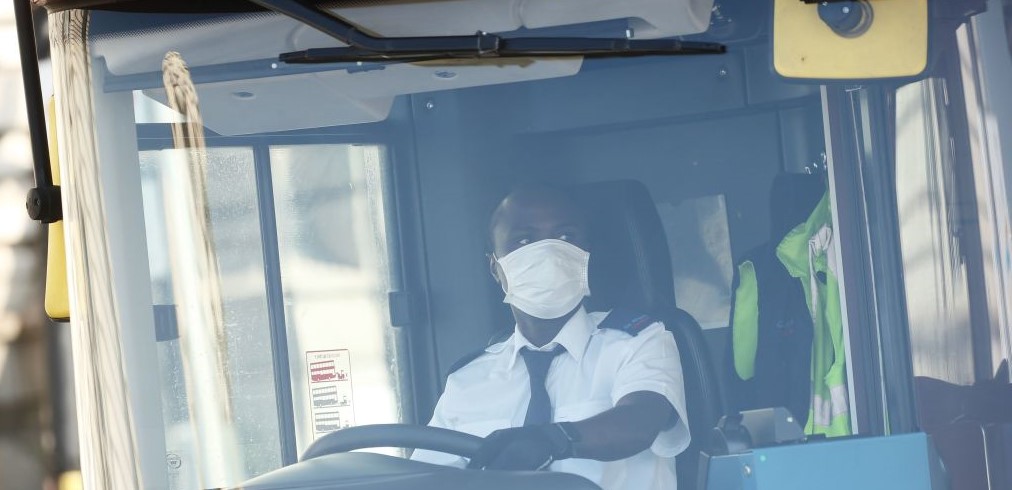Driven to distraction
When Tan Rashid gets home after a shift the exhausted Middlesborough bus driver sits quietly in a dark room.
Unite member Rashid said, “We have a high percentage of drivers who go off with work-related stress because of the pressures of the job. You have one lapse of concentration and it doesn’t even bear thinking about what the consequences are going to be.
“By the time you get home on a night you’re just mentally drained. When I get home I sit in a dark room and just wind down to have that peace and collect myself.”
Rashid’s experience is not uncommon: Everyday bus drivers up and down the UK are pushed to their limits from hours of navigating Britain’s increasingly busy roads – a problem Unite is demanding be addressed for the sake of public and driver safety.
Driving a bus carries a lot of responsibility, however drivers in the UK typically work longer hours than their European counterparts and are exempt from EU driving time legislation meant to limit fatigue and improve road safety.
Between 2009 and 2013 buses were involved in 7 per cent of pedestrian deaths in the UK, despite making up just one per cent of traffic, while in 2016, nearly 300 bus and coach occupants were killed or seriously injured, with around 4,000 occupants suffering less severe injuries.
In 2017 – after 25 people were killed by buses in London and another 12,000 injured in just two years – the London Assembly published the “Driven to Distraction” report on bus safety which highlighted driver fatigue as a major concern.
Calling for an investigation into improving working conditions for drivers, the report stated, “London bus drivers have a very challenging job, and juggle a wide range of tasks during the course of their day.
“We are concerned that the working day for drivers is too long and that drivers do not get the rest breaks they need. This is leading to high levels of stress and fatigue that increase the risk of collisions.”
Many view the fact that the UK’s domestic regulations are less stringent than EU rules as one of the issues contributing to bus driver fatigue.
Outdated regulations
Compared to EU rules for long distance driving, domestic bus driving regulations allow an extra hour’s driving before a break must be taken, stipulate 15 minutes less break between driving periods and limit the day’s driving to 10 hours rather than nine.
This is because, in theory, driver fatigue is seen as less of a problem when driving relatively short distances of under 50 km. Domestic regulations also do not require the use of a tachograph.
Middlesborough Arriva branch secretary Phil Cooper said Britain’s rapidly changing road conditions have made the UK’s domestic regulations outdated.
He said, “The 1968 Transport Act was probably beneficial when it was introduced, but it is now 50 years old and the growth of traffic from then to now I dare not imagine.
“(Bus drivers) do not have the benefit of pulling into a lay-by when they need to rest or unwind, as they have passengers onboard and a timetable to run to.”
Bus drivers are “being pushed to the limit” because of gaps in domestic legislation agreed Unite national officer for passenger transport Bobby Morton.
Morton added that private bus companies are engaged in a race to the bottom on terms and conditions, which is making driver fatigue worse.
He said, “Unfortunately the privatisation of the bus network has led to firms pressuring drivers to do more and more on less and less to keep up with the competition.
“It is not in the interest of our members’ or the public’s safety to let unfettered competition dictate how bus services are run. Driving time rules need to updated to provide enough rest and recovery time for drivers, who must also have access to proper facilities.
“More widely we need a Labour government that will create municipal bus companies that are the most sensible vehicles to protect passengers and staff and serve the interests of the communities rather than shareholders.”
 Like
Like Follow
Follow


